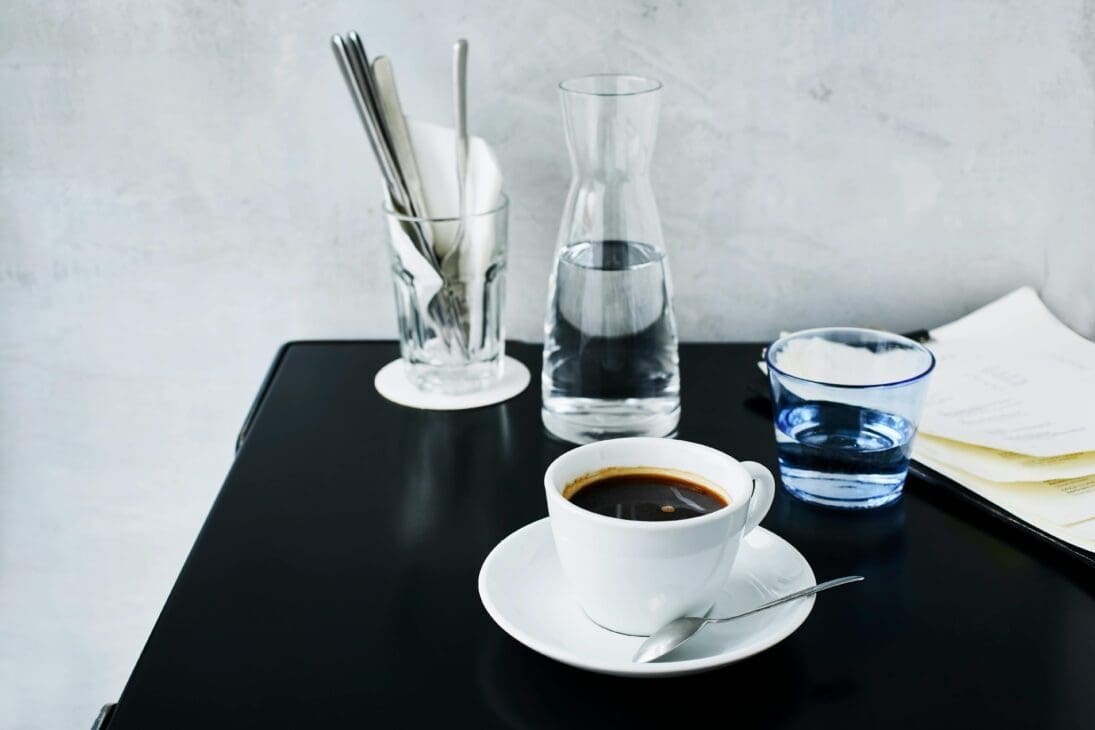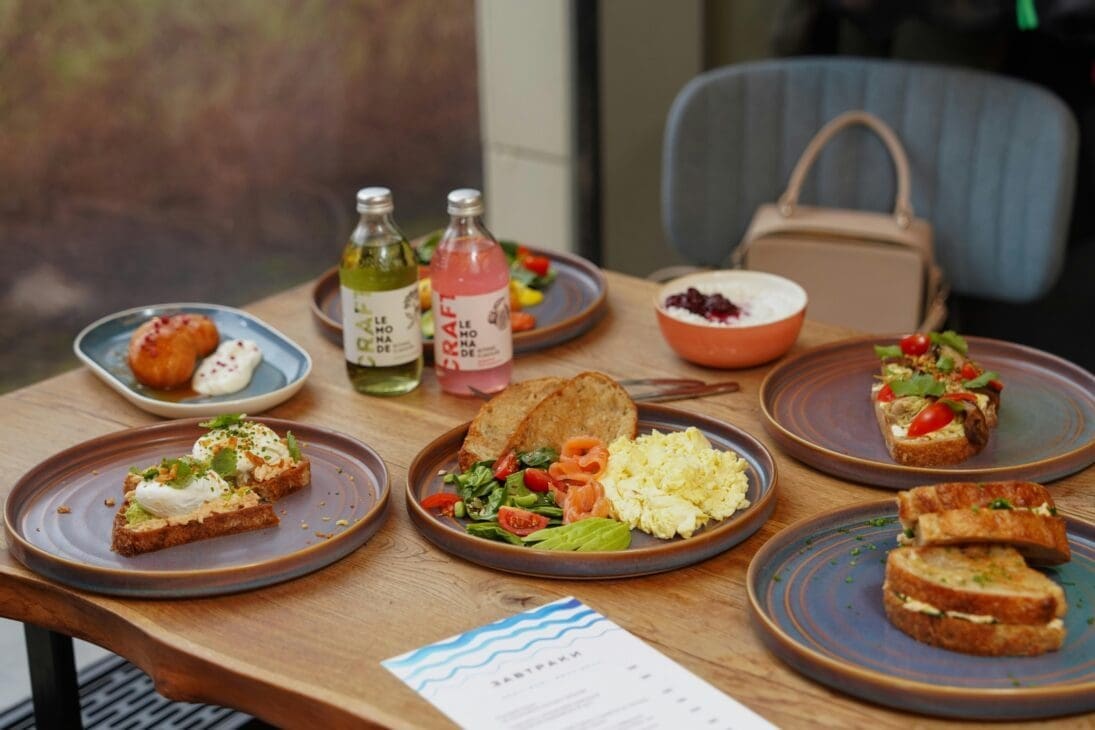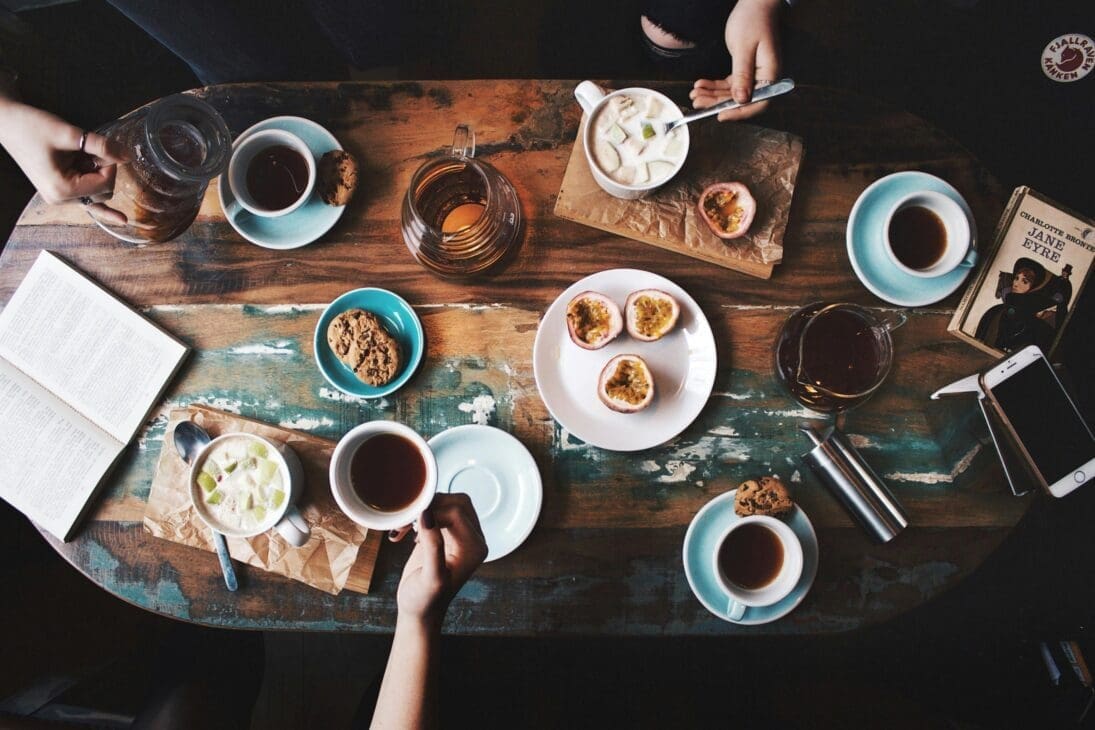Avoid Coffee Crash: Energy-Boosting Snacks for Café Lovers

Picture this: you’re two cafés deep into your workday, your playlist hits just right, and your laptop hums with productivity. Then it happens—the dreaded dip. Your focus fades, your eyelids feel heavier than your latte foam, and you start wondering if another cup will save you. Here’s the truth: if you want to avoid coffee crash, the answer isn’t in chasing stronger brews. It’s in balancing what you sip and snack on.
Café-hopping like a pro means knowing how to pace your caffeine and pair it with energy-boosting snacks that keep your mind sharp from the first espresso to the last email.
The Café-Hopper’s Problem
Café-hopping feels productive: new chairs, different light, a changing backdrop. But hopping from one high-caffeine cup to the next or pairing coffee with a sugary pastry sets you up for dramatic energy swings. Those spikes and dips in alertness come from how caffeine and sugar affect your hormones and blood glucose, a quick lift, a faster fall.
According to dietitians at Sanford Health, sugar crashes happen when your body rapidly produces insulin to stabilize high blood sugar levels after consuming simple carbohydrates or sweet treats. This sudden drop can cause fatigue, irritability, headaches, and even dizziness, symptoms that directly sabotage focus and productivity during café work sessions. Their advice is simple: balance coffee with protein, fiber, and healthy fats to keep blood sugar stable and energy consistent throughout the day.
A Short Science Note

Caffeine boosts alertness by blocking adenosine receptors and increasing adrenaline and dopamine temporarily. Meanwhile, sugary snacks spike blood glucose and trigger an insulin response that can make you crash later. Combine late caffeine with low-protein snacks and you get rapid highs followed by steep drops.
A 2021 study published in Nutrition Research and Practice found that high-protein snacks led to significantly slower blood glucose increases and lower insulin spikes compared to carbohydrate-heavy snacks.¹ The takeaway: pair caffeine with foods that slow digestion, protein, healthy fats, and fiber to extend the benefits and blunt the crash.
Rethink the Café Routine: Pacing Beats Power Shots

Rather than seeing caffeine as a single weapon, treat it as a tool for timing. Try this simple rule:
- First cup: within 60–90 minutes after waking (unless you need a morning jolt earlier for a meeting).
- Second cup: after a snack or a light meal, not on an empty stomach.
- Hydration: alternate every coffee with a glass of water to avoid dehydration-related fatigue.
Also consider alternates: matcha provides a gentler lift thanks to L-theanine; cold brew tends to taste stronger but can be lower in acidity; herbal or mushroom lattes offer ritual without a caffeine crash.
A 2025 study by the National Heart, Lung, and Blood Institute (NHLBI) found that adults who drank coffee before noon saw the greatest reductions in early mortality and cardiovascular disease risk, likely because early caffeine intake supports natural energy cycles and avoids sleep disruption later in the day.
Energy-Boosting Snacks That Actually Work

Energy-boosting snacks aren’t sugary pick-me-ups; they’re balanced bites that pair protein, fiber, and healthy fats to keep your focus steady. This trio helps regulate blood sugar and supports sustained energy, unlike carb-heavy treats that spike and crash your glucose levels.
A 2024 study in Food Production, Processing and Nutrition found that snacks made from high-protein grains like amaranth, acha, and millet helped maintain stable post-meal glucose and insulin levels while boosting antioxidant activity. In simpler terms, protein and fiber slow digestion, while healthy fats release energy gradually, keeping you sharp for longer café sessions.
Smart café-friendly choices:
- Greek yogurt parfait with mixed nuts and berries – protein + antioxidants + fiber.
- Avocado toast topped with chia or pumpkin seeds – monounsaturated fats + fiber for slow, steady energy.
- Oat or nut bars (low added sugar) – look for whole oats, nut butter, and seeds.
- Hummus with veggie sticks or whole-grain crackers – plant-based protein + fiber.
- Boiled eggs and fruit – portable, filling, and rich in protein.
- Cottage cheese or ricotta with sliced apple – creamy protein + natural sugar and fiber.
Why these work: the balance of protein, fat, and fiber slows glucose absorption, supports digestion, and even stabilizes electrolytes so you stay energized without relying on another caffeine hit.
Drink + Snack Pairings for Common Café Days

Below are smart café combos tailored for different kinds of workdays, each one built to keep you energized without the mid-afternoon dip.
The Early Deep-Work Session
Drink: Cold brew (or black coffee), start steady, not racing.
Snack: Overnight oats with chia and almond butter, complex carbs, and protein to fuel your first three hours without spiking blood sugar.
The All-Day Sprints
Drink: Small matcha latte. Matcha contains both caffeine and L-theanine, a compound that improves attention and reduces mental fatigue when paired with caffeine.
Snack: Hummus & veggie cup plus a handful of nuts. This balance of plant protein and healthy fats helps keep your energy curve stable.
Creative, Thinking-Heavy Work
Drink: Single espresso with a splash of milk, focused, no jitters.
Snack: Dark chocolate nibs with walnuts, dark chocolate’s cocoa flavanols, and walnuts’ omega-3s enhance mood and cognitive performance, shown in studies on brain health and flavonoid intake.
Social or Meeting-Heavy Afternoon
Drink: Iced green or black tea, or lightly sweetened kombucha, refreshing without over-caffeinating.
Snack: Avocado on multigrain toast, the fiber and healthy fats sustain calm energy and focus through conversation-heavy afternoons.
A smart café routine isn’t just about what you drink; it’s about how you pair it. Matching your beverage with the right snack keeps energy steady, focus sharp, and those caffeine highs working for you, not against you.
Café-Hopping like a Pro: A Simple Pacing Plan

Use this plug-and-play schedule when you plan to move between cafés:
- 9:00–10:30 – Arrival, small cup + protein-rich snack (breakfast or yogurt)
- 10:30–12:30 – Deep work; hydrate regularly, sip slowly
- 12:30–13:30 – Lunch or a savory snack (avoid sugary desserts)
- 13:30–15:00 – Light matcha or tea + a fiber-forward snack (nuts, fruit)
- 15:00–16:30 – Switch locations; avoid a second heavy espresso on an empty stomach; if you need caffeine, pair it with protein
This spacing helps your body process caffeine and prevents stacking back-to-back doses that elevate anxiety and worsen crashes. According to the Cleveland Clinic’s 2025 report, moderate caffeine intake (up to 400 mg per day) can enhance focus and mood, but too much too quickly may trigger jitters, digestive issues, and sleep disruption.
Understanding your personal caffeine tolerance and pacing your intake throughout the day keeps energy steady and prevents overstimulation.
Practical Café Selection Tips
When choosing cafés during a hop, prioritize balance over aesthetics. Look for spots that serve more than pastries. The best cafés now feature grab-and-go menus with yogurt bowls, grain salads, or savory toasts that fit a busy but health-minded routine. Many cafés are leaning into this model because it’s what modern customers want: quick, portable meals that don’t compromise on nutrition or quality.
If you’re unsure about the options, ask the barista whether their made-to-order snacks include protein or plant-based ingredients, and always keep a portable backup snack (like nuts or an oat bar) in case the menu disappoints. A 2025 report from Pro Coffee Gear highlights that cafés offering balanced grab-and-go meals from yogurt parfaits to fruit cups saw stronger customer satisfaction and repeat visits, proving that convenience and nourishment can go hand in hand.
Quick Troubleshooting: What to Try if You Still Crash

Even with the best pacing plan, energy dips can still sneak in — especially if your caffeine or food timing is off. Before reaching for another espresso shot, try these small, evidence-backed adjustments that can steady your focus and prevent those late-day slumps:
- Swap sugary pastries for whole-food options for one week and note mood/energy changes.
- Track caffeine timing; push your second cup to after lunch if late-afternoon crashes persist.
- Add protein to your lunch; many crashes are driven by low-protein meals.
- Consider a short walk between café hops movement stabilizes blood sugar and clears the mind.
When all else fails, remember: sometimes the simplest habits make the biggest difference. A 2025 study in Scientific Reports found that just a 10-minute walk immediately after glucose intake significantly reduced peak blood glucose levels compared to sitting still, even outperforming longer walks taken later. This suggests that small, consistent movement breaks between café stops can meaningfully improve post-meal energy stability and focus.
Rhythm Over Restriction: A Smarter Café-Hopping Routine

Café-hopping isn’t about cutting things out; it’s about creating rhythm. When you learn how to pace your caffeine, pair your drinks with protein-rich snacks, and plan your stops with intention, your energy starts working for you, not against you. The best café-hopping habits don’t drain your focus; they sustain it.
Start simple: choose one combo from the drink + snack list this week and observe how long your concentration lasts. Then, tweak your timing and pairings until your café routine feels like a flow, not a crash. The goal isn’t to restrict—it’s rhythm, energy, and better balance with every sip.
FAQs About Avoiding Coffee Crashes
1. Why do I crash after drinking coffee, even with food?
Even if you’ve eaten, a crash can still happen if your meal is low in protein or fiber. When caffeine wears off, your body’s stress hormones drop, and if your blood sugar also dips, you feel sluggish or irritable. Balancing caffeine with protein- and fat-rich foods helps maintain steadier energy.
2. How many cups of coffee per day is ideal for focus without crashing?
Most research supports a daily limit of 400 mg of caffeine —about 3-4 small cups —as safe for adults. But spacing matters more than total intake: aim for one cup mid-morning, another after lunch, and skip caffeine within six hours of bedtime to prevent fatigue the next day.
3. Can I replace my second coffee with tea or matcha?
Absolutely. Matcha or green tea contains L-theanine, which smooths caffeine absorption and reduces jitters. These are excellent midday swaps that provide a mental boost without triggering the classic afternoon crash.
4. What snacks are best to pair with coffee on an empty stomach?
If you must drink coffee before breakfast, go for light but protein-based options: Greek yogurt, eggs, nuts, or nut butter toast. These cushion caffeine’s impact on your stomach acid and help prevent that anxious, lightheaded feeling.
5. Does cold brew cause fewer crashes than hot coffee?
Not necessarily depend on the caffeine concentration and your sensitivity. Cold brew often has more caffeine per ounce, which can lead to faster spikes in alertness. If you feel jittery after cold brew, try diluting it or switching to an iced Americano.


